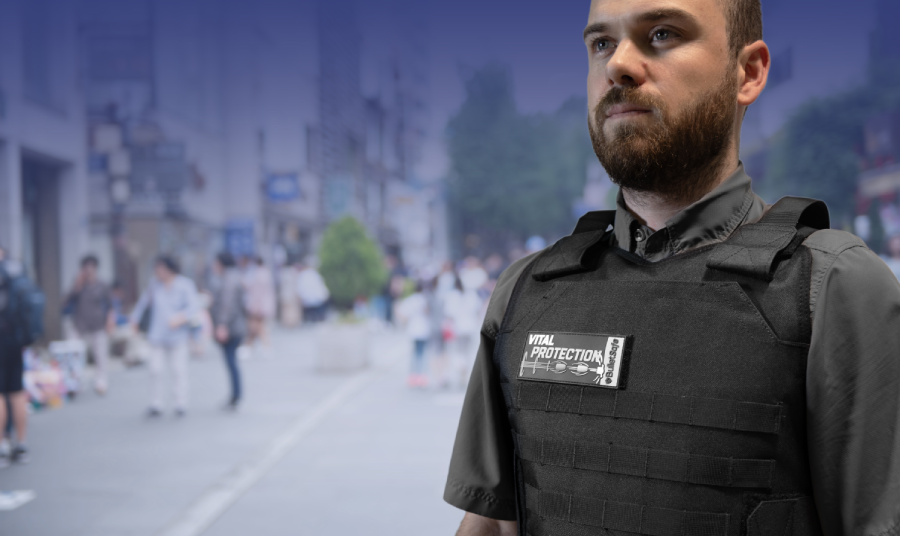Modern body armor serves a critical role in personal protection, but at the same time should not compromise personal mobility. After all, the greatest defense is to not get hit in the first place. This is why rigid, heavy designs such as the US Army’s IOTV are generally considered less preferable than lighter, less obstructive plate carriers.
There are many factors that influence the ergonomics and mobility of a particular piece of armor, including the style of its cut, its weight, and the material it is made of, and a discriminating buyer should be armed with the knowledge to make an informed purchase.
I. Cut Styles: Swimmer's Cut vs. SAPI Cut

The choice between cut styles significantly impacts an individual's mobility. The swimmer's cut, characterized by tapered shoulders, prioritizes enhanced arm and shoulder mobility. This makes it particularly advantageous for professions like law enforcement or military personnel who need to maintain agility in dynamic situations. Conversely, the SAPI-style cut sacrifices some mobility for a larger protective area around the torso, an optimal choice in scenarios where comprehensive coverage takes precedence.
II. Body Armor Weight:
Weight is a crucial factor influencing an individual's ability to move freely while wearing body armor. BulletSafe’s soft armor is NIJA Level IIIA certified and composed of ultra-high molecular weight polyethylene with a blend of aramid fibers, a lighter and denser material than Kevlar. This strong lightweight armor is designed to offer protection against handgun rounds at Level IIIA but can be combined with polymers to create a Level III or IV ballistic plate, capable of defeating rifle fire. Lighter Level IIIA armor is suitable for situations where agility and speed are paramount, such as for law enforcement officers who might have to chase after fleeing suspects. They are not ideal, however, in situations where one may expect threats to carry rifles. Maritime security and overseas private security contractors would be safer with the stronger but heavier Level IV plates. However, these harder ballistic plates can be heavier, potentially restricting mobility. Striking the right balance between protection and weight is imperative.
III. Body Armor Material:
Ultra-High Molecular Weight Polyethylene (UHMWPE) is renowned for its exceptional strength-to-weight ratio and is quickly replacing traditional materials like steel and ceramics. Its lightweight nature ensures superior mobility for the wearer without compromising ballistic resistance. Unlike steel, UHMWPE exhibits flexibility, absorbing and dispersing the impact energy rather than succumbing to fractures. In comparison to ceramics, UHMWPE offers a more cost-effective solution while maintaining comparable ballistic performance. Moreover, UHMWPE's versatility extends to its buoyancy in water, making it suitable for diverse applications, including maritime operations. The remarkable properties of UHMWPE position it as a leading choice for modern body armor, showcasing a harmonious blend of lightweight design, flexibility, and formidable ballistic protection.
When buying body armor, it's crucial to strike a balance between mobility and protection. Whether opting for the agility-enhancing swimmer's cut or the comprehensive coverage of the shooter's cut, factoring in the weight of the armor, and considering innovative materials like UHMWPE, each decision contributes to a personalized and effective protective ensemble. In the dynamic landscape of personal safety, the choices made in acquiring body armor reflect a commitment to both mobility and security, ensuring that the wearer is well-equipped for the challenges ahead.

